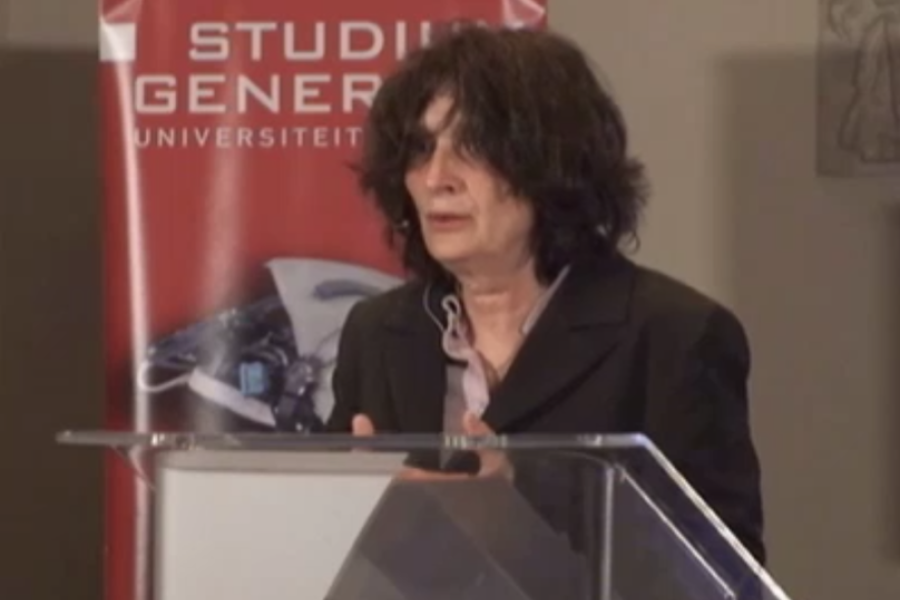Ida van Zijl

In deze functie is Van Zijl verantwoordelijk voor de Rietveldcollectie van het museum. In 1992 stelden Marijke Küper en Ida van Zijl de catalogus Gerrit Th. Rietveld, 1888-1964. Het volledige werk samen voor een tentoonstelling over het totale oeuvre van Gerrit Rietveld. Deze tentoonstelling was eveneens door Van Zijl en Küper gemaakt.
De catalogus vormde het uitgangspunt voor het vervolgonderzoek naar Rietveld dat eind 2006 is gestart in samenwerking met de Universiteit Utrecht en de TU Delft. Het onderzoek heeft zich gericht op een grote tentoonstelling die op 20 oktober 2010 opent in het Centraal Museum in Utrecht.


